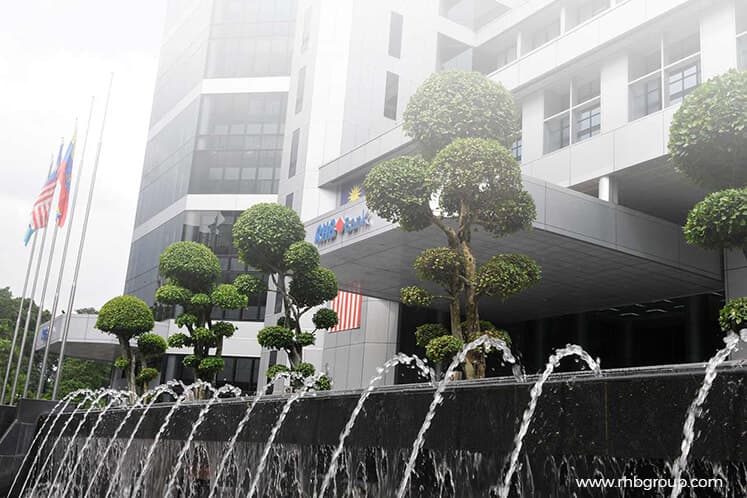
This article first appeared in The Edge Financial Daily on November 13, 2018
RHB Bank Bhd
(Nov 12, RM5.24)
Upgrade to buy with a higher target price of RM6.10: RHB Bank Bhd is trading at an attractive 0.8 times its 2019 forecast price-to-book ratio and 8.8 times its 2019 forecast price-earnings ratio, which are less than one standard deviation below their historical mean of 1.1 times and 9.7 times respectively.
RHB Bank’s return on equity (ROE) for first half of financial year 2018 (1HFY18) at 10.2% was above management’s targeted 9% to 10%. If the group is able to sustain 1HFY18’s level of profitability in 2HFY18 and beyond, the stock’s current valuation at 0.8 times 2019’s forecast price-to-book ratio against ROE of 10% suggests an attractive risk-reward profile. In comparison, the sector is trading at a higher 1.25 times 2019 forecast price-to-book ratio against ROE expectation of 10.2%.
The group had a Common Equity Tier 1 (CET1) ratio of 14.5% (the highest among peers) as at end-June 2018 versus peers’ average of 12.7% while its current dividend payout ratio of 30% remains well below the industry’s 43%. We note that despite the likes of CIMB having a lower group CET1 of 11.7%, it has recently raised its dividend payout ratio to 50% while Maybank’s cash dividend payout ratios were 57% in 2017 and 47% for 1H18. RHB Bank would theoretically need lower capital requirements than Maybank and CIMB do as Maybank and CIMB have much larger regional footprints and are domestically significant financial institutions. This suggests potential upside to RHB Bank’s capital management from its current 30% dividend payout ratio. If RHB were to raise its dividend payout ratio to 50%, this would imply a highly attractive cash dividend yield of 5.2% at its current share price level while ROE would be raised by an additional 15 basis points (bps) to 20 bps.
The group’s gross impaired loan (GIL) ratio trended up marginally from 2.29% in first quarter of FY18 (1QFY18) to 2.33% in 2QFY18, partially driven by some loan accounts which underwent a restructuring and rescheduling (R&R) process. We understand that these accounts continue to perform well post R&R and that management remains optimistic that a potential write-back would help bring the group’s GIL ratio back towards the 2.2% level by end-2018. In fact, after experiencing a spike in its GIL ratio and net credit cost to 2.43% and 38 bps respectively in 2016 due to lumpy steel and oil and gas-related impairments, the group’s GIL ratio had gradually trended downwards since. As such, management continues to guide for net credit cost to remain relatively benign at below 25 bps for 2018. — UOB Kay Hian Research, Nov 12